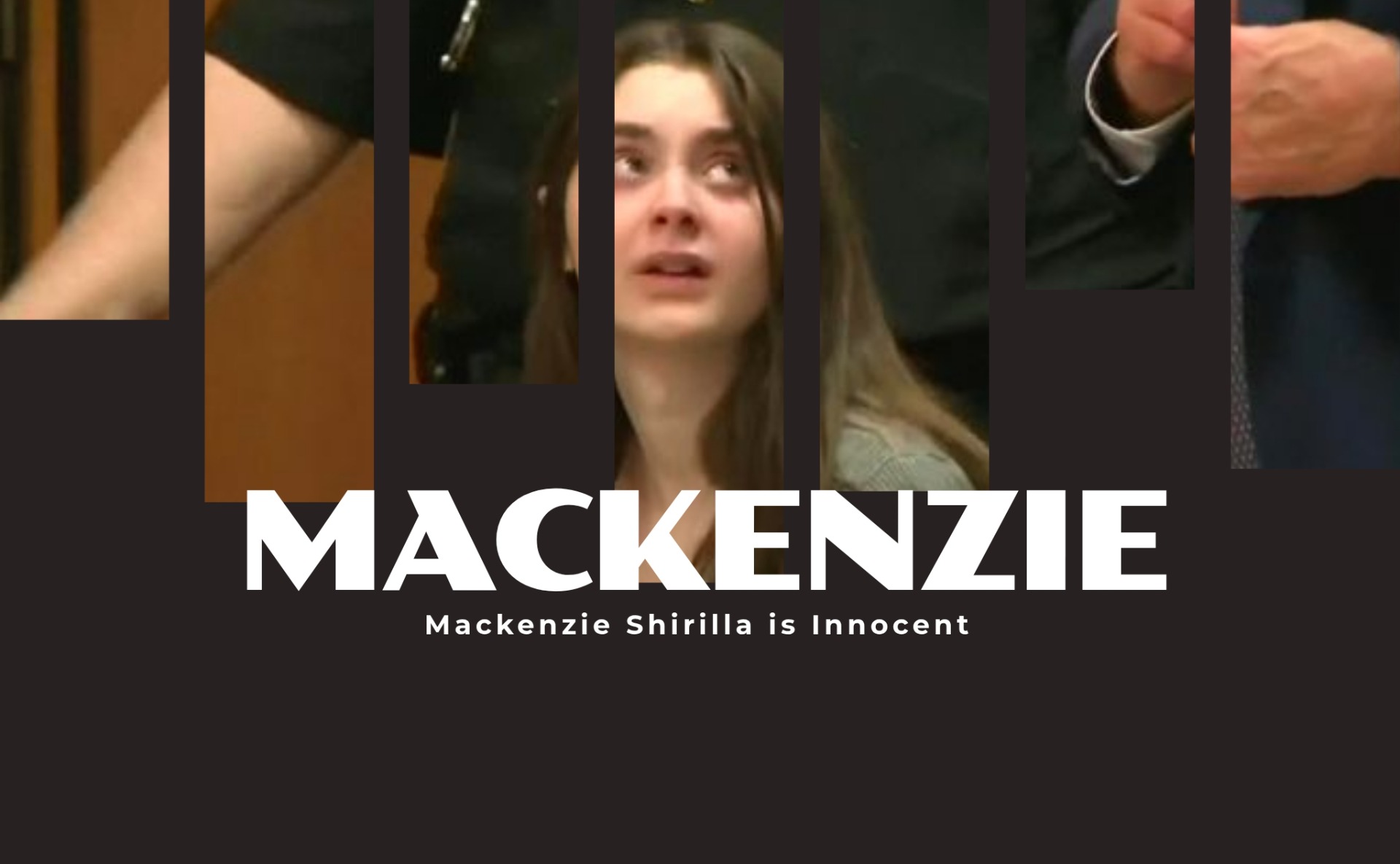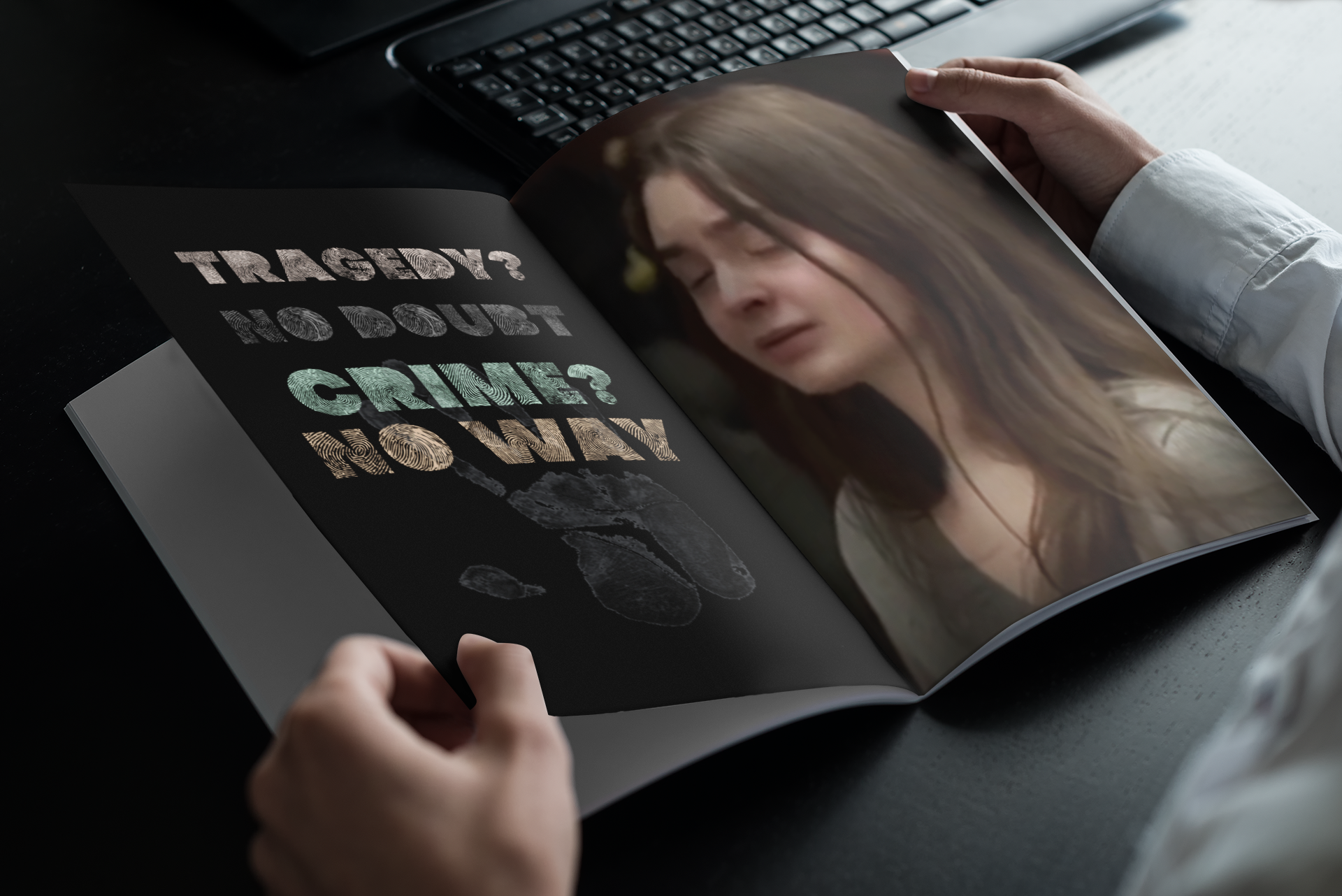
.
The Tragic Case of Mackenzie Shirilla

Mackenzie Shirilla's conviction for the murder of Dominic Russo and Davion Flanagan drew national attention, not just for the tragic loss of two young lives, but for the legal controversy simmering beneath the surface. At 17, Shirilla was accused of intentionally crashing her car into a brick building at 100 miles per hour, killing her two passengers. Prosecutors painted the incident as a calculated act of revenge, hinging their case on surveillance footage showing the car accelerating, along with social media messages that hinted at troubled relationships.
A neurologist's affidavit filed in the post-conviction process cited elevated lactate levels, low blood oxygen, and complete amnesia as signs of possible unconsciousness at the time of the crash, raising the possibility that a medical episode—rather than intent—caused the fatal incident. The defense also argued that text messages were selectively presented to the jury and that adolescent psychology was not adequately considered when assessing her state of mind.

However, the petition for relief was filed one day late, and courts have so far rejected it on procedural grounds. Notably, the judge who presided over the original trial is currently reviewing the post-conviction petition, adding another layer of complexity to the appeal process.
Throughout her trial and imprisonment, Shirilla has maintained her innocence, insisting the crash was a tragic accident, not a calculated act. Advocates for juvenile justice reform have rallied to her side, warning that her conviction sets a dangerous precedent for criminalizing youthful mistakes as murder. As her appeals wind through the courts, the central question remains: did the justice system seek truth in Shirilla's case, or did it settle for a narrative that was easier to sell to the public?

The refusal to fully investigate alternative explanations for the crash, coupled with the selective presentation of evidence, has left many wondering whether Shirilla's conviction is another example of the system prioritizing closure over accuracy—and whether the pursuit of justice should allow for second chances when lives and futures are on the line.
